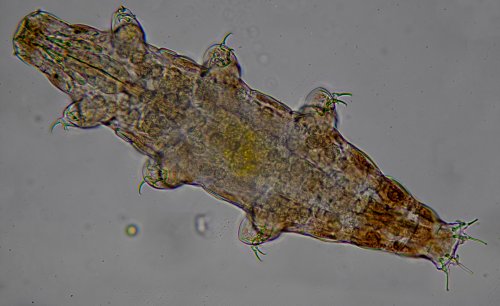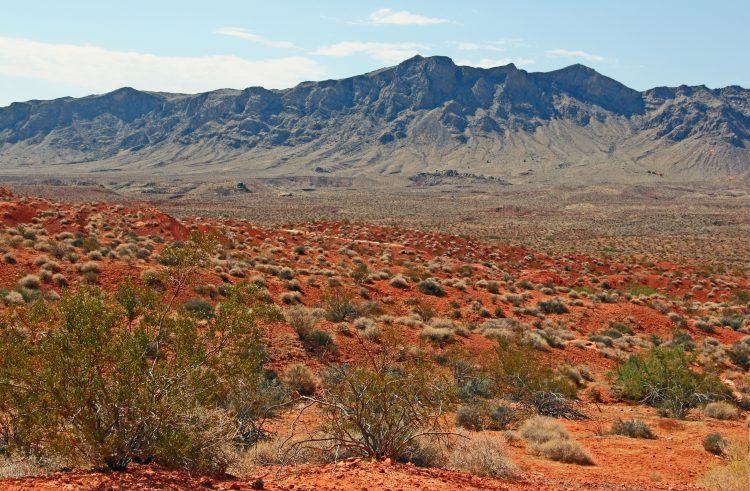Fossils From One of the World’s First Reefs Can Be Found on Mountains in Nevada–
Archaeocyaths were the original reef builders, and one of the best places to see them is in the desert.
The following written content by Jack Tamisiea, Hakai
In the mountains of Esmeralda County, high above the parched expanse of southwestern Nevada and just across the border from California’s Death Valley, Emmy Smith is on the hunt for the signs of what seems unimaginable in such a scorched place: a tropical reef.

Around 520 million years ago, not long (geologically speaking) after the Cambrian explosion ushered in a sudden abundance of complex life, the tops of these mountains were the seafloor. The Paleozoic sea teemed with invertebrate life, and the organisms living here found refuge in an entirely new kind of ecosystem—an animal-built reef.
“This was a major biological innovation, and it was recorded out in California and Nevada,” says Smith, a paleontologist at Johns Hopkins University in Maryland.
At a field site roughly eight kilometers northeast of the largely deserted backwater of Gold Point, Nevada—a former mining town with a population of just six people—Smith and her colleagues recently examined the fossilized ruins of one of these ancient reefs.
:focal(800x602:801x603)/https://tf-cmsv2-smithsonianmag-media.s3.amazonaws.com/filer_public/4e/f4/4ef4b279-4463-4463-9ebb-2704b40aa5fe/deathvalleyreefs_web.jpg)
“You’re in the desert walking around on mountains, but at the same time you feel like you’re scuba diving,” Smith says.
To the untrained eye, the rocks don’t look like much. But under a microscope, a thin cross section swarms with shapes resembling segmented donuts and dark, sinuous veins. This abstract motif is the fossilized vestige of the archaeocyaths, a diverse group of filter-feeding sponges.
Archaeocyaths were the world’s first reef builders. Common just after the Cambrian explosion, archaeocyaths predate reef-building corals by 40 million years. Like their modern equivalents, archaeocyaths grew on the calcified skeletons of their forebearers, adding their own tubular and branching bodies to build immense structures over generations.
These thriving ecosystems were relatively short lived. Globally, archaeocyathan reefs only persisted for around 20 million years, a mere blip in oceanic history. It is a mystery why they went extinct, but the Gold Point reef, which offers one of the last known examples of these reef-building sponges, holds a clue.
Fossilized archaeocyathan reefs have been found everywhere from Siberia to Morocco. But the reef high up in the mountains of southwestern Nevada is a particular boon to scientists’ understanding of the volatile conditions after the Cambrian explosion. The fossilized reef is 70 meters thick in certain spots, says Sara Pruss, a paleontologist at Massachusetts’ Smith College who was involved in the research. “You can look at the fine-scale changes through time because you get this big, thick period of deposition,” she says. “You can actually see how the environment changes.”
Within the fossilized remains, Pruss and Smith have found evidence of an abrupt change in the climate. By around 515 million years ago, a large slab of ancestral North America known as Laurentia had splintered from a southern supercontinent, spewing massive amounts of carbon into the atmosphere, which siphoned oxygen from the oceans and acidified the water in an event known as the archaeocyath extinction carbon isotope excursion.
This event, says Pruss, mirrors how the ocean’s chemistry has changed today, though in a much more dramatic fashion: “There are so many commonalities between the archaeocyath extinction and the decline [of] modern coral reefs,” says Pruss. Read more from Smithsonian Magazine.
For your interest:





